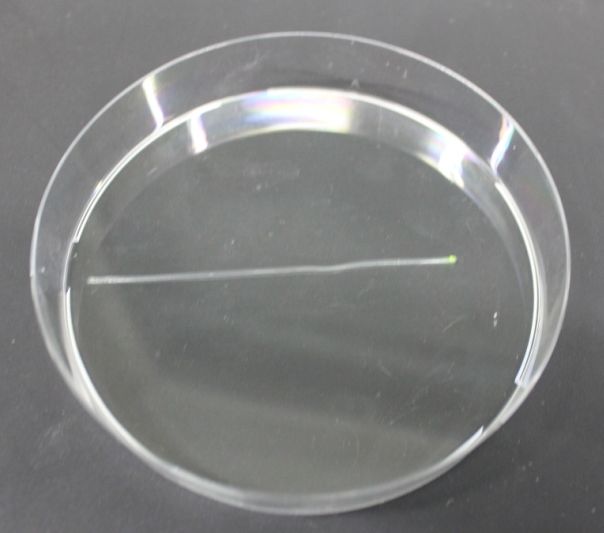Team:ETH Zurich/Process/Microfluidics
From 2011.igem.org
(Difference between revisions)
(→Microfluidic channel with flow and recycling of the medium) |
(→Microfluidic channel without flow) |
||
| Line 39: | Line 39: | ||
=== Microfluidic channel without flow === | === Microfluidic channel without flow === | ||
[[File:ETH_final_setup_sensor.png|400px|right|thumb|'''Experimental setup for SmoColi.''' ]] | [[File:ETH_final_setup_sensor.png|400px|right|thumb|'''Experimental setup for SmoColi.''' ]] | ||
| - | :: Modeling showed that diffusion and degradation of acetaldehyde/ xylene is enough to create a concentration gradient in the tube. Without a flow there is no need for a liquid | + | :: Modeling showed that diffusion and degradation of acetaldehyde/ xylene is enough to create a concentration gradient in the tube. Without a flow there is no need for a moving liquid and thus no need for any of the complex designs above, as one can simply fill the whole channel with cell-agarose liquid. We can then wait until the cell-agarose liquid solidifies to a gel and then connect one side of the channel to a reservoir with the toxic molecule while sealing the other. Likewise we do not need recycling because AHL can diffuse through the whole channel and does not have to diffuse against a flow. |
{|style="border: none;" align="center" | {|style="border: none;" align="center" | ||
Revision as of 01:57, 22 September 2011
| Microfluidics |
| ||
|
We relatively early figured out that we need some kind of channel to establish the acetaldehyde or xylene gradient required for SmoColi (see Circuit Design). However, there were several different possible channel designs, and the final design evolved through an iterative series of design steps and design validations. The first designs were validated based on vast simulations, the final design furthermore by biological experiments in the lab (see Systems Validation). | |||
Initial Channel DesignsMicrofluidic channel with flow and recycling of the mediumWe came up with two different possible microfluidic channel designs, both involving a flow of toxic molecule in medium through the channel:
|
 "
"





